(NLDO) - The remains of an adult, a teenager and a child not of our species have been revealed in a cave in Serinyà Park.
Serinyà is a famous prehistoric cave park in the Spanish province of Girona, where a recent survey discovered the teeth of three individuals who did not belong to our species and lived tens of thousands of years apart.
According to Heritage Daily, three teeth were revealed from sediments inside the Abreda cave, part of the Reclau cave complex in Serinyà park.
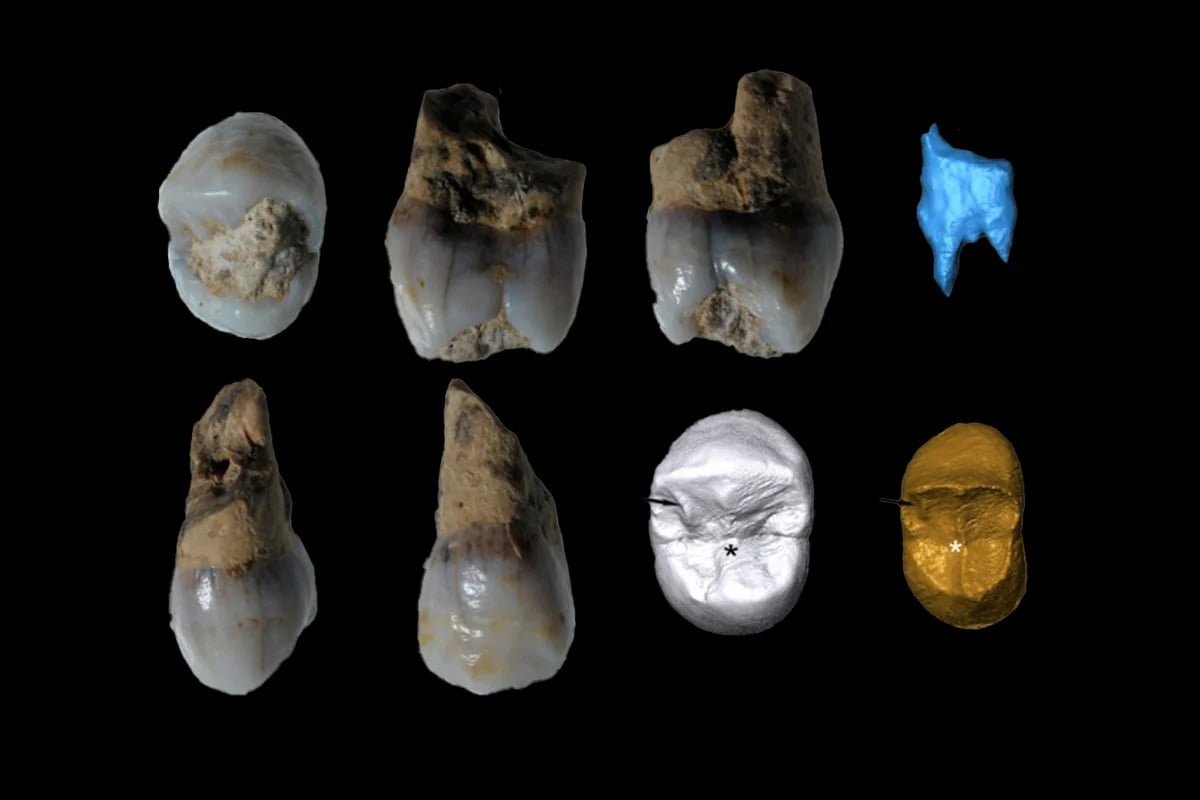
Teeth found at Abreda were identified as belonging to three individuals who did not belong to our species - Photo: IPHES-CERCA
Abreda Cave was home to Neanderthals, Homo sapiens and many other animals, with five distinct cultural layers dating back to the Neolithic period: Solutrian, Upper Perigordian, Aurinyacian and Mousteria.
Homo sapiens is our species, while Neanderthals were a related species of the same genus Homo (Human genus), which became extinct more than 30,000 years ago but left some of its DNA in us, through ancient interbreeding.
Archaeological evidence suggests that the cave was first inhabited by Neanderthals between 140,000 and 39,000 years ago, and then by modern humans between 39,000 and 16,000 years ago.
In the new study, a team of authors led by Dr. Marina Lozano from the Institute of Human Paleoecology and Social Evolution of Catalonia at the Tarragona Advanced Research Center (IPHES-CERCA - Spain) analyzed three teeth collected in the Abreda cave.
The results showed that they were not of our species, but three Neanderthals, including an adult, a teenager and a very young child.
Previous studies have shown that Neanderthal children got their first teeth much earlier than our species.
Two of the teeth are estimated to be at least 120,000 years old, while the third dates from 71,000 to 44,000 years ago.
Dental remains are the type of remains that paleoanthropologists always look forward to, because in addition to genetic information, teeth also reveal the person's diet.
Therefore, Dr. Lozanro believes that the new findings will help open up new insights into the survival strategies of the last groups of Neanderthals in the Iberian Peninsula, at a time when coexistence with anatomically modern humans may have occurred.
Source: https://nld.com.vn/tay-ban-nha-phat-hien-rang-cua-3-nguoi-khong-thuoc-loai-chung-ta-196241123093450079.htm




![[Photo] President of the Cuban National Assembly visits President Ho Chi Minh's Mausoleum](https://vphoto.vietnam.vn/thumb/1200x675/vietnam/resource/IMAGE/2025/10/1/39f1142310fc4dae9e3de4fcc9ac2ed0)
![[Photo] Hanoi morning of October 1: Prolonged flooding, people wade to work](https://vphoto.vietnam.vn/thumb/1200x675/vietnam/resource/IMAGE/2025/10/1/189be28938e3493fa26b2938efa2059e)

![[Photo] Keep your warehouse safe in all situations](https://vphoto.vietnam.vn/thumb/1200x675/vietnam/resource/IMAGE/2025/10/1/3eb4eceafe68497989865e7faa4e4d0e)
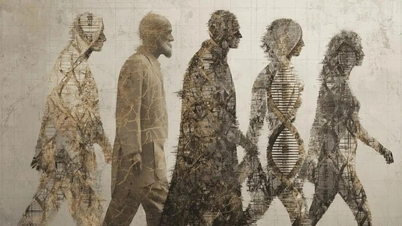



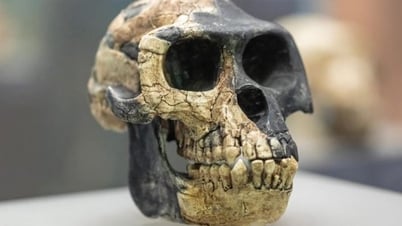





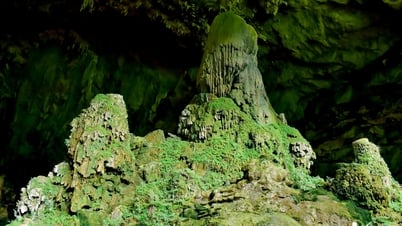






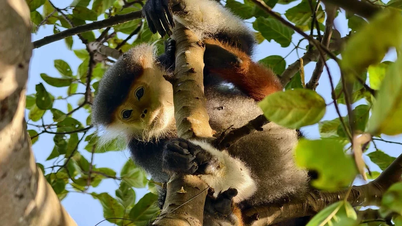











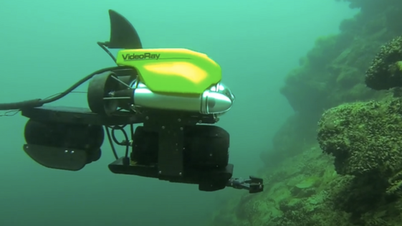





































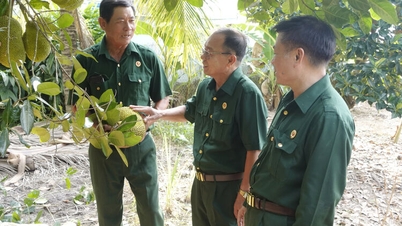







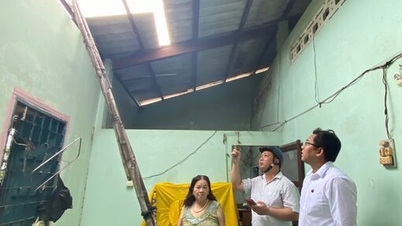













Comment (0)